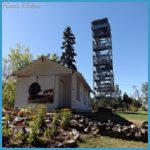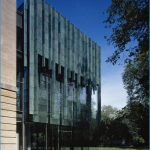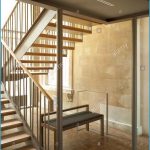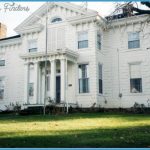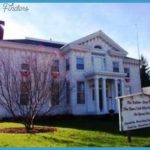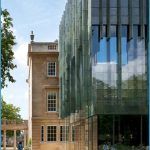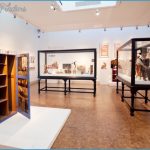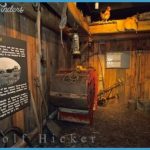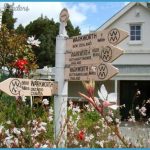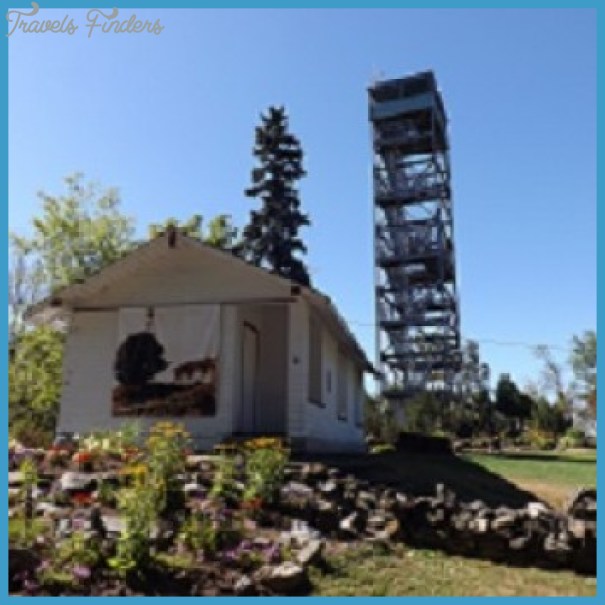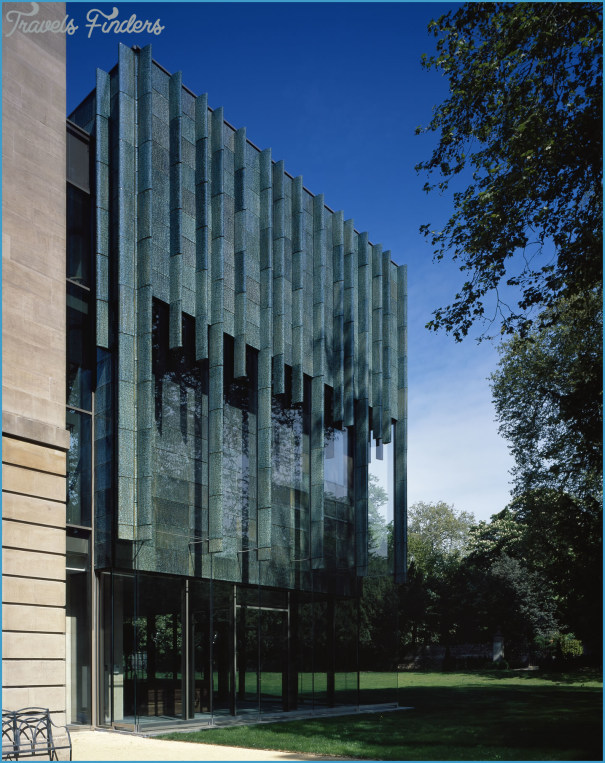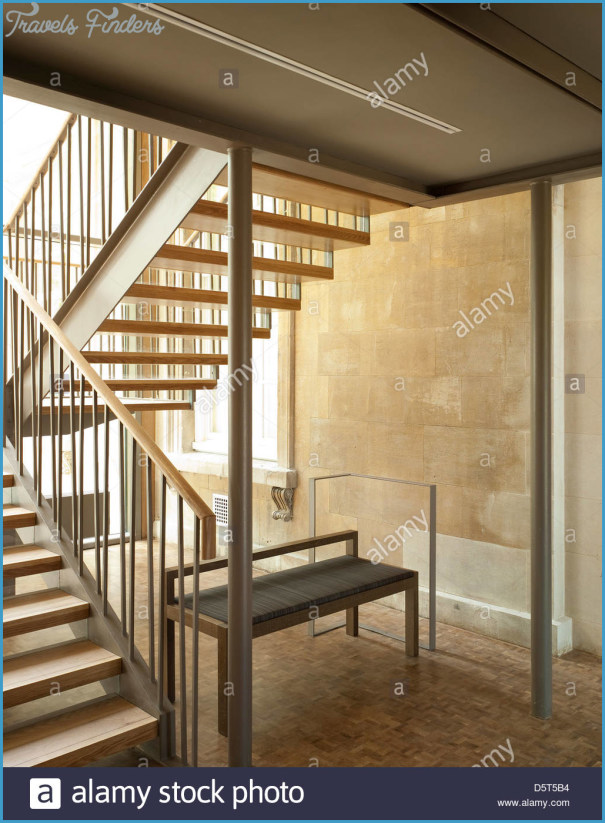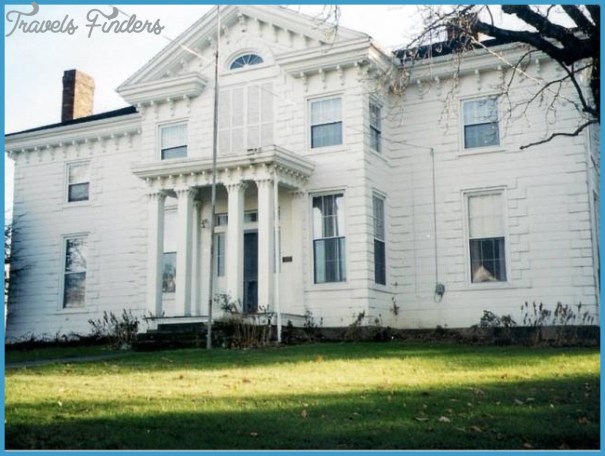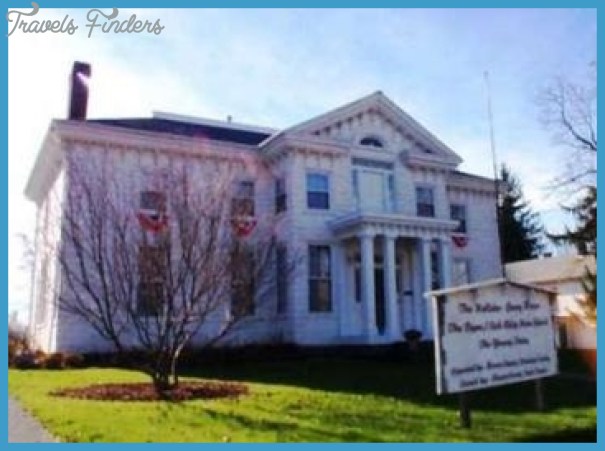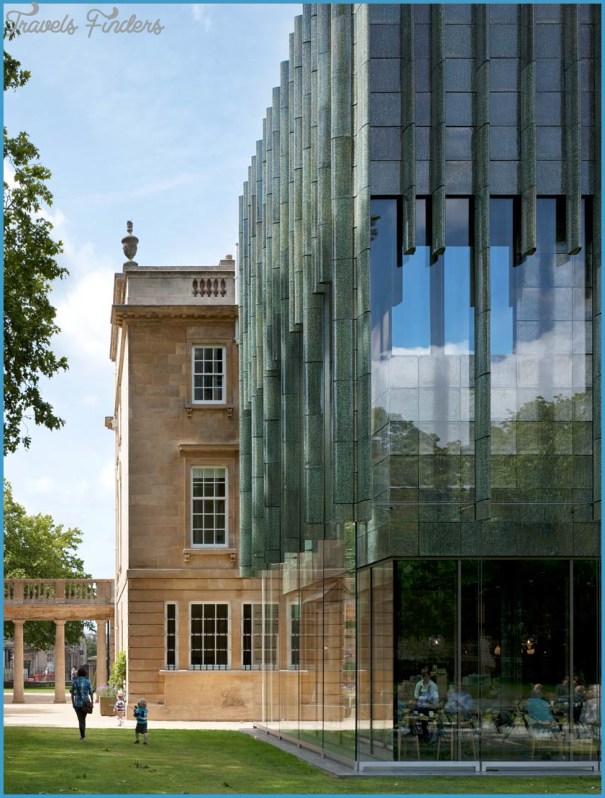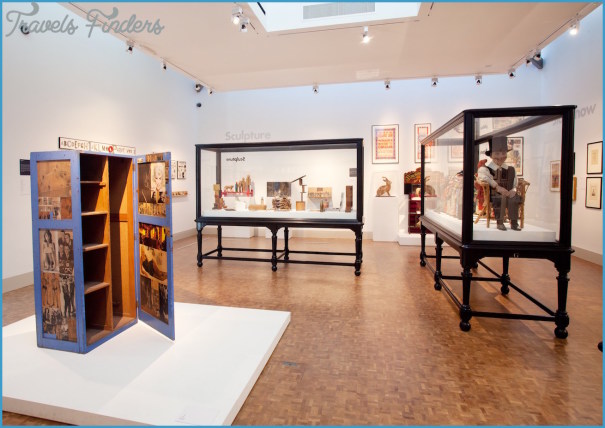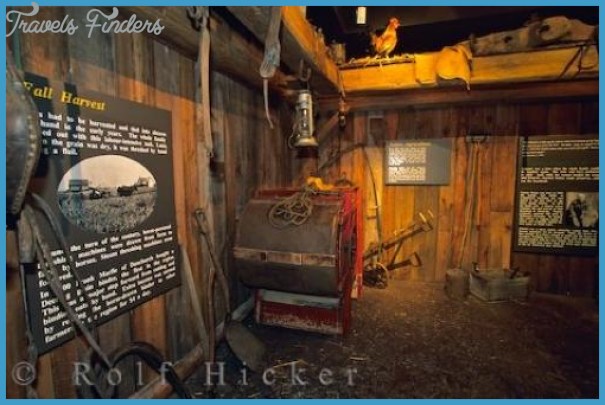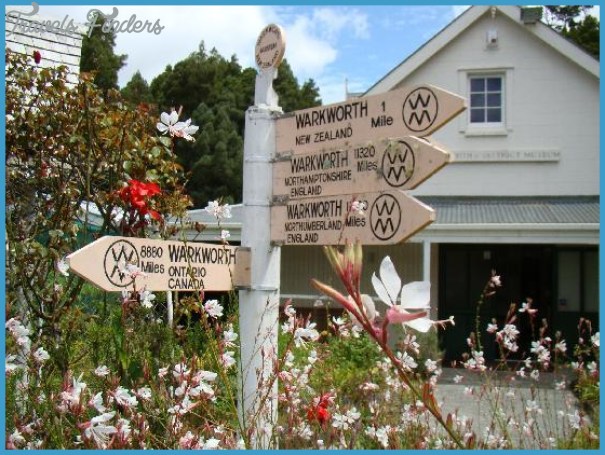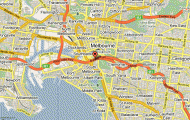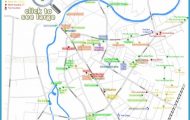PARRY MUSEUM
Shulbrede Priory was an Augustinian foundation, probably dating from around 1190, in the parish of Lynchmere (or Linchmere) in the north-west corner of Sussex, close to Haslemere and Liphook. It was seized and largely destroyed at the time of the dissolution; the surviving buildings, about one eighth of the original establishment, became part of the Cowdray estate and were long used for farming. In 1902 Arthur Ponsonby, painter, scholar, politician (he was later a Labour MP) and son of a former secretary to Queen Victoria, leased and later bought it. In 1898 Ponsonby married Dorothea (Dolly), daughter of Sir Hubert Parry, then Director of the Royal College of Music and Heather Professor of Music at Oxford. Parry and his son-in-law shared many interests and opinions and became firm friends. Parry, who lived mainly in Kensington and in Rustington on the Sussex coast, was a frequent and welcome visitor. (His houses, and the one in Bournemouth in which he was born in 1848, all bear commemorative plaques.) He also lived at the family house and estate, Highnam Court, near Gloucester, which he inherited from his father, Thomas Gambier Parry, along with its important art collection.
The priory remains in the family and is lived in by Parry” s great-granddaughters, who generously admit the public to the house and gardens on specific dates and Parry arriving in his Darracq at Shulbrede Priory, c. 1905 allow interested groups and individual visitors to see it by appointment. It is a remarkable building in a delightful rural setting, much of it seemingly unaltered for several centuries, reached by road from Lynchmere Church, whence it is about half a mile down the hill and then to the left. You enter between two duck ponds (presumably once a moat) and need to give heed to the roving ducks and geese.
The house has some remarkable rooms, notably the Undercroft, with its fine vaulted ceiling, and especially the Prior’s Chamber, on the upper floor, with its high timbered roof, its 16th-century wall paintings, its diamond-shaped leaded windows – and its piano, by Hagspiel of Dresden, Parry’s own and still in use. On it are copies of his Shulbrede Tunes, a set of ten piano pieces written in 1911-13, each of them representing a member of the family at Shulbrede or some aspect of the house or life there. There are Parry relics in several rooms, but there is a concentration in a small study known as the Parry Room, next to the Prior’s Chamber. Different aspects of his life and music are covered on a series of display boards with cuttings, photographs and other illustrative material. There also are letters, from Elgar and others. There are paintings by Philip Burne-Jones (son of Edward) of Dolly and of Parry’s Rustington house, Knight’s Croft, of which there are also paintings by Arthur Ponsonby. Parry”s desk is there, along with his scarlet Oxford DMus gown and black hat, and also a couple of his hefty leather suitcases.
PARRY MUSEUM Photo Gallery
Many of Parry’s own diaries and letters are preserved, all neatly and carefully written. The diary entry for 10 March 1916 refers to the request of the Poet Laureate, Robert Bridges, for a tune for Fight for Right’, an organization seeking to secure the moral high ground for the war effort, a tune that an audience could take up and join in’: this was Jerusalem’, no less, and the original manuscript, firmly and clearly written, is at Shulbrede too. Parry, in despair over the war (he died in 1918, a month before the Armistice), was evidently happier with its use for the Women’s Campaign, and conducted it for the Suffragists at the Royal Albert Hall a year later, soon after which it was adopted as the Women Voters’ Hymn. The Parry literature is fully represented, with books by him and books about him and his contemporaries, as well as copies of many of his works. The Welsh mining community of Merthyr Tydfil is the birthplace of Joseph Parry (1841-1903), son of a Pembrokeshire farmer turned skilled ironworker. The seventh of eight children, Parry was sent down into the pits of the Cyfarthfa Ironworks at the age of nine, working alongside other children who were opening and shutting the air doors for tramloads of coal and, when they were older, hauling cartloads of coal away from the face where the ceiling was too low for horses. He lived with his family and two lodgers in a small two-storey cottage in a terrace of five attached to the octagonal Bethesda Chapel they attended, facing the Glamorganshire canal, which wound through the valley below Cyfarthfa Castle.
In Parry’s day Merthyr Tydfil was the largest town in Wales, producing more iron than anywhere else in the world. The Parrys were fortunate to live in Chapel Row, which was reserved for the more skilled workers, rather than in the overcrowded neighbourhoods that were vulnerable to epidemics. The simple house, built in 1825, is a two-up, two-down’ (bedrooms for the children upstairs, kitchen and parents’ room downstairs) with a stone staircase at the rear. There was no running water and the family meals were cooked on a range in the fireplace.
No.4 Chapel Row was the Parrys’ home until 1854 when they emigrated to the USA. Parry himself last visited it on New Year’s Day 1902. In 1977 the terrace, but not the chapel, was saved from demolition through the efforts of staff and students of Cyfarthfa High School and the local council, and two years later no.4 was opened to the public by the Merthyr Tydfil Heritage Trust as a traditional ironworker’s cottage and a memorial to the town’s greatest musician. The exhibitions were installed in 1986 and the ground-floor rooms restored in 1990.
Parry had sung in choirs as a child, but began formal music lessons only when he was 17, working in the Welsh mining community of Danville, Pennsylvania. He won first prize at the 1861 Utica (New York) eisteddfod for his Temperance Vocal March, and sought and won approbation in his native Wales. With funds raised on both sides of the Atlantic, he entered the Royal Academy of Music in London in 1868 and in 1871 became the first Welshman to take the Cambridge MusB and later the MusD. He settled in Wales in 1873, becoming the first professor of music at Aberystwyth.
During his final years, Dr Parry (known as Y Doctor Mawr’) lived with his wife, Jane (their sons were called Joseph Haydn, William Sterndale and David Mendelssohn), in Penarth, just south of Cardiff, in a house named Cartref’ in Victoria Square. He died there on 17 February 1903 and is buried in the nearby churchyard of St Augustine’s, a lyre with a broken string on his tombstone.
At the Merthyr Tydfil museum, the ground-floor rooms are decorated in period style. The small bedroom to the right of the front door also commemorates Parry’s birth, on 21 May 1841. Upstairs in the former bedrooms are displays devoted to Parry and the history of the town. Wall panels survey his life, the restoration of Chapel Row and the choral and colliery band traditions of the town (Parry composed the Tydfil Overture for the Cyfarthfa Brass Band). In the cases are facsimiles of music manuscripts, his autobiography and letters as well as editions of his music, which include a score of Blodwen (1878), considered the first Welsh opera. There is also a signed first edition of Jack Jones’s account of Parry’s life, Off to Philadelphia in the morning (1947), which was dramatized on television by BBC Wales in 1977. Against the far wall is an American-built harmonium such as the family might have owned. The house is now managed by the Cyfarthfa Castle Museum, which runs workshops mainly for school parties studying local history.

